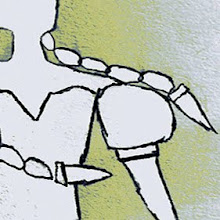Les arbres ajourés de Francine Leclercq
You’ll know how I found Francine Leclercq’s work, click tree embroidery. Ajouré is hemstitched in English.
How to hand-hemstitch: two photo tutorials
• Hemstitch in Drawn Thread Embroidery – Photo Tutorial
• Hand Hemstitched Linen Handkerchiefs
You’ll know how I found Francine Leclercq’s work, click tree embroidery. Ajouré is hemstitched in English.
How to hand-hemstitch: two photo tutorials
• Hemstitch in Drawn Thread Embroidery – Photo Tutorial
• Hand Hemstitched Linen Handkerchiefs










































